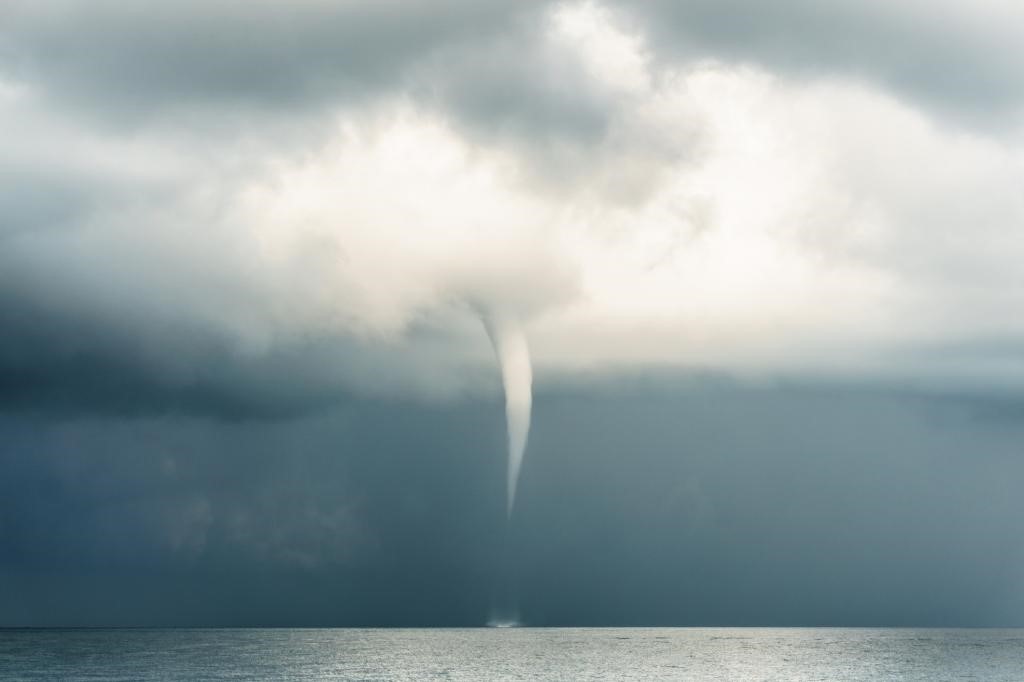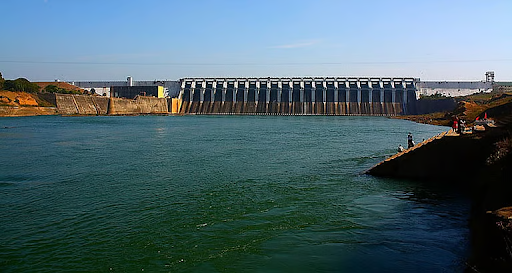Description

Disclaimer: Copyright infringement not intended.
Context
- Ocean surface waves brought on by tropical cyclones (TC) have increased over time, according to a new study, which has cautioned that these could be a concern in the future.
- Both the maximum height of these waves and area of the wave footprint have increased significantly and these changes are larger than those of the TC maximum wind speed, the paper found.
What are Tropical Cyclones?
- Tropical cyclones (TCs) are circular storm systems that originate over warm tropical oceans.
- In the Atlantic and East Pacific, they are referred to as hurricanes, in the West Pacific as typhoons, and in the Indian Ocean and South Pacific simply as cyclones.
- These storms derive their energy from the warm surface of the ocean, driving their formation.
- Characterized by strong winds, substantial ocean waves, storm surges, and intense rainfall, tropical cyclones have the potential to inflict severe damage on infrastructure and result in significant loss of life, particularly in coastal regions.
Key Findings on TC Ocean Waves
- The new study analyzed 43 years of global data on ocean surface waves induced by TCs. The key findings include:
- The maximum height of TC waves increased by about 3% per decade globally. The fastest rise of 5% per decade occurred in the North Atlantic Ocean.
- The footprint area covered by TC waves grew by about 6% per decade worldwide. Regional increases ranged from 17-32% per decade in the North Atlantic, East Pacific, and North Indian Oceans.
- The total wave energy transferred from the atmosphere to the ocean at the air-sea interface has climbed by approximately 9% per decade globally. This rate is three times faster than the trend for all waves.
- Changes in TC wave footprint area, rather than maximum height, are the primary driver of the upward trend in global wave energy over the study period.
.jpg)
Impacts and Implications
- The study's authors express concern about the increasing intensity of ocean waves associated with tropical cyclones (TCs), foreseeing potential challenges in the coming decades.
- The heightened wave size could lead to escalated coastal erosion and flooding during storm landfalls, posing increased threats to offshore structures such as oil platforms.
- Moreover, larger waves may hinder navigation and impact load/offload operations in shipping lanes and ports.
- On a scientific note, the rapid surge in wave energy implies that TCs might be becoming more effective at converting atmospheric energy into wave motion.
- This phenomenon could have implications for forecasting future TC behavior in a warming climate. Additionally, the augmented wave energy might affect Upper Ocean mixing and alter the transfer of heat to deeper layers.
What factors are contributing to the observed uptick in TC waves over time?
- The study did not specifically investigate causes, but scientific literature points to a few possibilities:
- Warming ocean surface temperatures provide more fuel for storm development and intensification. This may allow TCs to generate bigger waves, especially as they traverse heat-rich regions like the Western Atlantic.
- Higher sea levels offer greater water depth for waves to grow before feeling the bottom friction of shallow coastal shelves. This reduces energy dissipation.
- Natural climate cycles like the Atlantic Multi-decadal Oscillation (AMO) and Pacific Decadal Oscillation (PDO) may also modulate ocean conditions favorable for larger TC waves over multi-decadal timeframes.
Important TC Wave Events
A few recent TCs have produced remarkably high and destructive waves, highlighting the oceanic extremes these storms can yield:
- Hurricane Ian (2022) : Generated recorded wave heights up to 83 feet (25 meters) on underwater buoys off the southwest Florida shelf as its eyewall passed overhead. The towering waves contributed to catastrophic coastal flooding.
- Typhoon Hinnamnor (2022): At its peak intensity over the West Pacific, Hinnamnor produced maximum wave heights estimated at over 90 feet (27 meters) by satellite altimetry measurements.
- Hurricane Sam (2021) :Sam generated wave heights measured by NOAA buoys in the Atlantic exceeding 45 feet (14 meters) on multiple occasions as it reached Category 4 status. The enormous waves radiated outward for thousands of miles from the intense storm’s core.

Beyond Wind Speed Effects
- While the majority of forecasts for tropical cyclone intensity concentrate on maximum wind speeds, research such as the one discussed underscores the significance of considering additional factors like wave height, storm surge levels, and cumulative rainfall to assess overall storm severity.
- Even when peak winds are similar, some tropical cyclones can give rise to considerably more hazardous and devastating ocean conditions than others.
- Recent advancements in forecast modeling, remote sensing technologies, and buoy monitoring have enhanced the ability to analyze threats posed by waves, surge, and flooding.
- Nevertheless, further research is essential to gain a deeper understanding of the mechanisms behind the observed increases in tropical cyclone wave height and energy witnessed in recent decades.
|
PRACTICE QUESTION
Q. Examine the significance of ocean surface waves in the context of natural hazards, with a focus on their role in tropical cyclones. Discuss the potential dangers posed by increasing wave height and energy, considering impacts on coastal erosion, storm surges, and offshore infrastructure.
|











